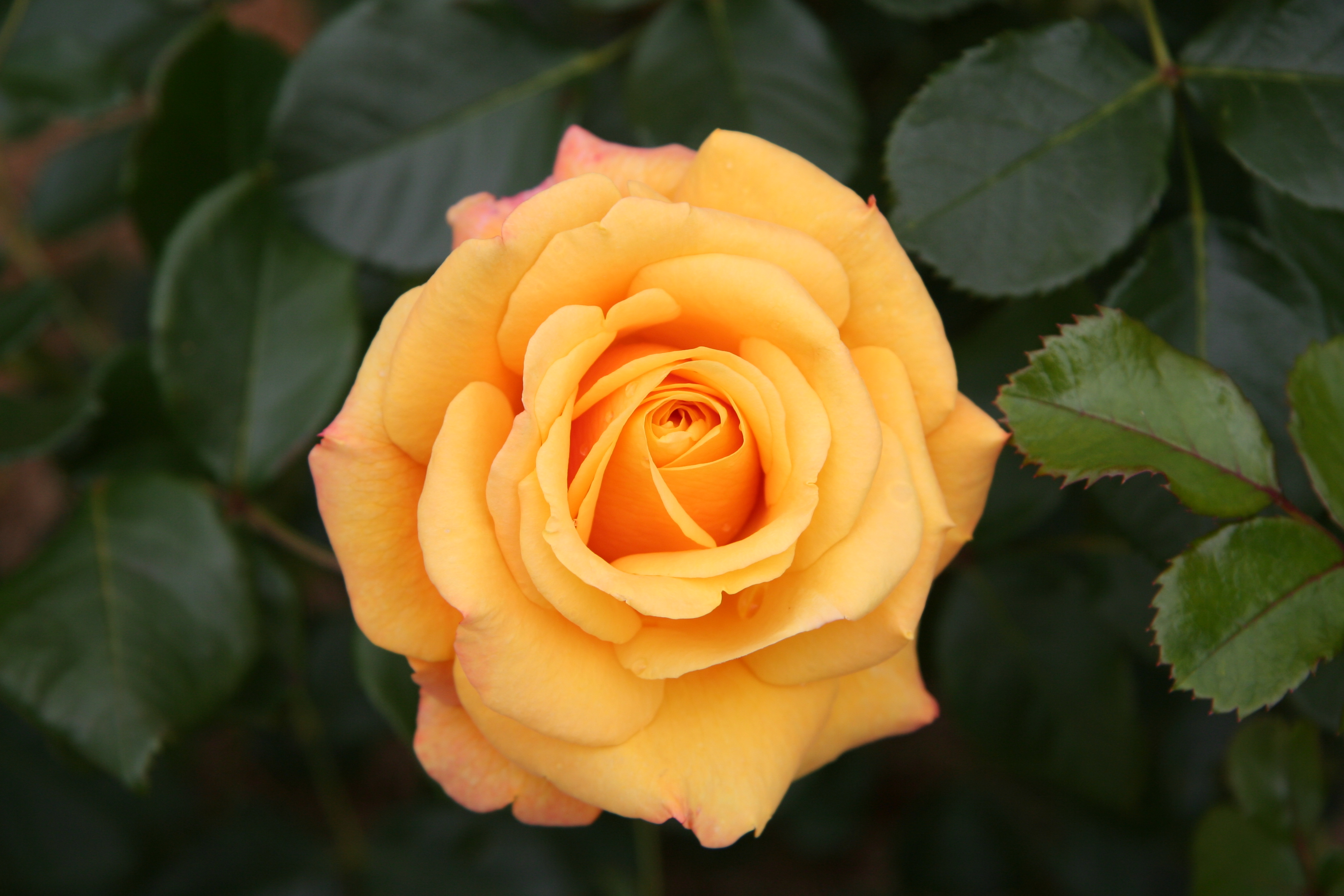 |
| From Here |
The one thing that stands out most potently for me is Plato's Allegory of the Cave. Plato describes a scene where a group of people are imprisoned in a cave from childhood on. These people are restrained in such a fashion where they can only look forward at the wall before them. Cast upon that wall are shadows illuminated by a fire. These shadows are like puppets, for the prisoners can not see those who carry the objects casting the shadows. To the prisoners, these shadows are the whole of reality and the sounds that they hear seem to be associated with the shadows.
One prisoner is freed and escapes the cave. They go to the surface, blinded by the light first of the fire as they pass it by and then by the sun. After their eyes adjust, they discover that there is more to the world then mere shadows and that the shadows are cast by objects, insubstantial compared to said objects. The prisoner then returns and attempts to tell their fellows about this only to be declared mad and punished for such statements.
Plato argued that the world we see about us is illusion, it is the shadows of more perfect forms of reality cast in the light of that which he called the Good. Plato argued that moving from viewing only shadows to looking upon that which is illuminated by the light of reason, which is argued to be a 'shadow' of the light of the Good, one separates themselves from the rest of humanity. Their increased understanding comes painfully and with greater comprehension, the more difficult it becomes for them to translate that which they are aware of into the language of those who reside in the dark. Plato also argued the dangers of carrying such knowledge are unavoidable, at the same time suggesting that the enlightened person has a moral obligation to do so.
Filianism does not have a cave allegory, but a similar idea applies. Time and again, in The Gospel of Our Mother God, we are informed that the world we interact with is illusory and that our thoughts are more 'real' then we comprehend. We are furthermore exhorted to consider that the whole of reality is dependent upon the 'light of the Good' which can be considered to be Dea's will. The mythos of the Daughter could be argued to be a story of one who leaves the cave, returns to bring knowledge, and then leaves the cave again to return to the Good, with the adaptation that the one who escaped the cave entered it of their free will and resided there for a time by choice rather then force.
It is argued and implied that the whole of reality is dependent upon a subtle web of more perfect forms that are illuminated by way of Dea's will as a stained glass window would be by the sun. It is possible to argue that Plato's allegory has its roots in deeper, older knowledge then one would perhaps realize. The distance between reality and Dea is illusory but it is also painful. As we move from darkness and ignorance towards light and knowledge, we find that the process is an ordeal of sorts. It is from here that the tears that are spoken of in The Temple of the Heart arrive.
For some, they are tears of repentance for they have come to understand how their own actions contributed to the distance between themselves and Dea. For others, they are tears of grief for that distance, which some would argue is a form of repentance. It is a long process to move from shadows to light. Unlike the Daughter, we do not know the way. We must depend upon her guidance and take hope in her encouragement. For the process is enough to move one to despair from time to time, where we would turn from that light back to shadow because we fear the brilliance or the pain that comes from initial contact with it.
It is, however, a process that ultimately is liberating and reunites us with the Good, which is Dea herself.
No comments:
Post a Comment